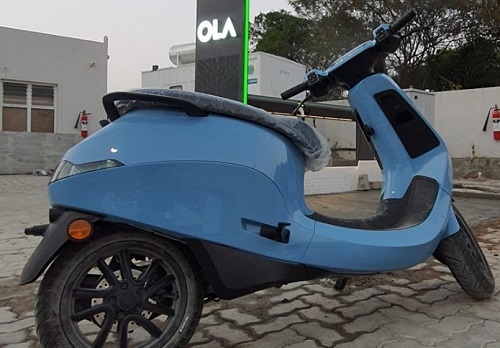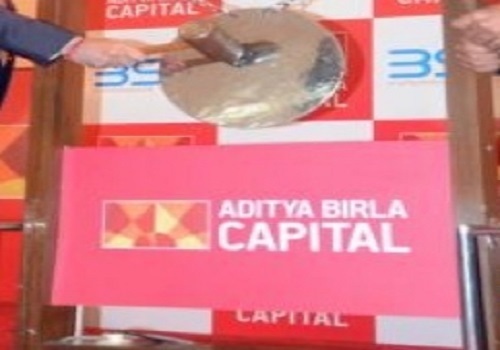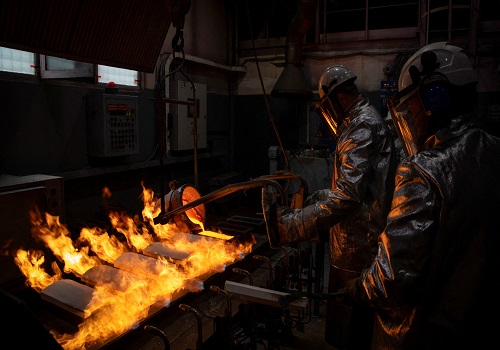Key indices end lower on Wednesday
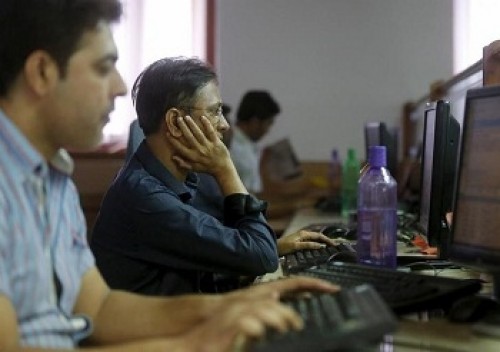
Follow us Now on Telegram ! Get daily 10 - 12 important updates on Business, Finance and Investment. Join our Telegram Channel
Indian equity benchmarks ended over half percent lower on Wednesday, tracking heavy losses in index heavyweights Larsen & Toubro, Reliance Industries and Bajaj Finserv amid a weak trend in global markets. The markets had started with mild gains and moved in a narrow range throughout the morning, as traders took some support with Trade Promotion Council of India (TPCI) stating that the proposed free trade agreement between India and the European Union would benefit domestic exporters as EU is one of the biggest traditional markets for the country. Traders were also energized as India's exports grew by 52.39 per cent to $7.71 billion during the first week of this month on account of healthy growth in shipments in sectors including engineering, gems and jewellery and petroleum products. Some optimism also came with a private survey stating that as India continues to maintain the momentum of its economic activities, hiring plans are likely to become stable during the July-September 2021 quarter mainly led by transportation and utilities and the services sector.
However, the advent of profit-booking dragged the markets lower in the afternoon session. Traders got anxious as the World Bank slashed India's GDP forecast to 8.3 per cent for FY22, the fiscal year starting April 2021, as against its earlier estimate of 10.1 per cent. Besides, Union Finance Minister Nirmala Sitharaman is all set to chair a key meeting on June 11 to review infrastructure projects. Some concern also came as India Ratings and Research warned that the burden of taxation, particularly indirect taxes, on households has worsened lately and is preventing them from spending more on consumption.
On the global front, Asian markets ended mostly lower on Wednesday as investors digested mixed Chinese inflation data and looked ahead to the release of U.S. inflation data that could influence how soon the Federal Reserve pares its stimulus program. European markets were trading mostly in red as investors looked to upcoming U.S. inflation data and a European Central Bank (ECB) policy meeting for directional cues. Back home, on the sectoral front, insurance industry stocks were in focus as ICRA Ratings in a report said helped by higher growth in health and motor insurance segments, the general insurance industry is likely to clock a 7-9 per cent growth in gross direct premium income (GDPI) in the financial year 2021-22. Steel industry’s stocks too were in watch as Crisil in its latest report has stated that large steel makers took huge strides in terms of both operations and financial performance last fiscal, increasing their market share by 500 basis points (bps) on-year to 58 per cent despite their share of industry capacity remaining unchanged.
Finally, the BSE Sensex fell 333.93 points or 0.64% to 51,941.64, while the CNX Nifty was down by 104.75 points or 0.67% to 15,635.35.
The BSE Sensex touched high and low of 52,446.92 and 51,717.07, respectively and there were 8 stocks advancing against 22 stocks declining on the index.
The broader indices ended in red; the BSE Mid cap index fell 0.71%, while Small cap index was down by 0.95%.
The top gaining sectoral indices on the BSE were Utilities up by 0.94%, Power up by 0.84%, Consumer Durables up by 0.36% while, Energy down by 1.71%, Oil & Gas down by 1.69%, Realty down by 1.63%, Capital Goods down by 1.46%, Auto down by 1.33% were the top losing indices on BSE.
The top gainers on the Sensex were Power Grid up by 3.42%, NTPC up by 1.72%, Titan Company up by 0.98%, HCL Technologies up by 0.50% and Asian Paints up by 0.44%. On the flip side, Larsen & Toubro down by 1.80%, Reliance Industries down by 1.80%, Bajaj Finserv down by 1.46%, Indusind Bank down by 1.44% and Bajaj Finance down by 1.43% were the top losers.
Meanwhile, the World Bank has projected India's Gross domestic product (GDP) to grow at 8.3 percent in 2021 and 7.5 percent in 2022, even as its recovery is being hampered by an unprecedented second wave of the COVID-19, the largest outbreak in the world since the beginning of the deadly pandemic. It also said in India, an enormous second COVID-19 wave is undermining the sharper-than-expected rebound in activity seen during the second half of Fiscal Year 2020/21, especially in services.
The Washington-based global lender has stated that activity will benefit from policy support, including higher spending on infrastructure, rural development, and health, and a stronger-than expected recovery in services and manufacturing. Although the forecast has been revised up by 2.9 percentage points, it marks significant expected economic damage from an enormous second COVID-19 wave and localised mobility restrictions since March 2021.
It also stated that the pandemic will undermine consumption and investment as confidence remains depressed and balance sheets damaged. Growth in FY 2022/23 is expected to slow to 7.5 percent, reflecting lingering impacts of COVID-19 on household, corporate and bank balance sheets; possibly low levels of consumer confidence; and heightened uncertainty on job and income prospects.
The CNX Nifty traded in a range of 15,800.45 and 15,566.90 and there were 11 stocks advancing against 39 stocks declining on the index.
The top gainers on Nifty were Power Grid up by 3.93%, SBI Life Insurance up by 1.75%, NTPC up by 1.55%, Titan Company up by 0.88% and Coal India up by 0.77%. On the flip side, Tata Motors down by 2.61%, Adani Ports & SEZ down by 2.43%, Shree Cement down by 2.02%, Larsen & Toubro down by 1.83% and Reliance Industries down by 1.65% were the top losers.
European markets were trading mostly in red; UK’s FTSE 100 decreased 36.24 points or 0.51% to 7,058.85 and Germany’s DAX decreased 70.45 points or 0.45% to 15,570.15, while France’s CAC increased 0.84 points or 0.01% to 6,551.85.
Asian markets ended mostly lower on Wednesday ahead of the release of US inflation data that may give more clues about the Federal Reserve's next move. Hong Kong shares closed lower, dragged down by renewed US-Sino tensions. The US Senate voted 68-32 to approve a sweeping package of legislation intended to boost the country's ability to compete with Chinese technology. However, Chinese shares closed higher after data showed factory-gate prices in May saw their fastest annual pace in more than 12 years, implying signs of steady global economic recovery. Consumer prices in China were up 1.3 percent year-on-year in May, missing an expectation for an increase of 1.6 percent and was up from 0.9 percent in April. While producer prices jumped an annual 9.0 percent, exceeding expectations for an increase of 8.5 percent and up from 6.8 percent a month earlier.
Above views are of the author and not of the website kindly read disclaimer
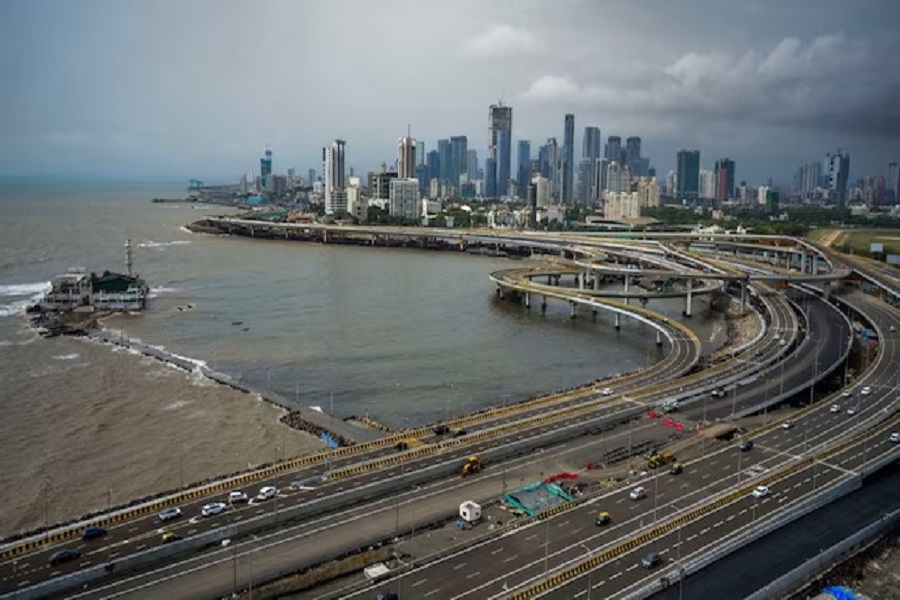





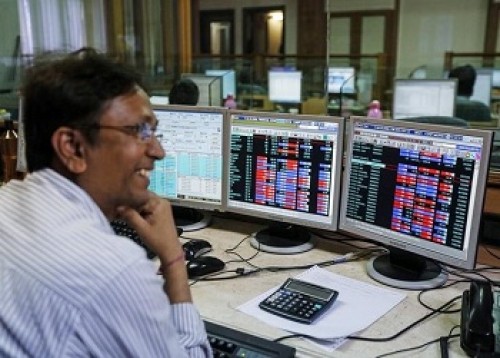
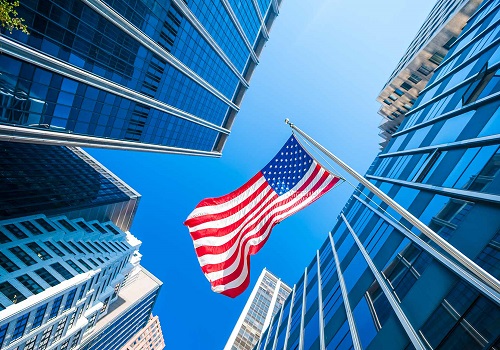
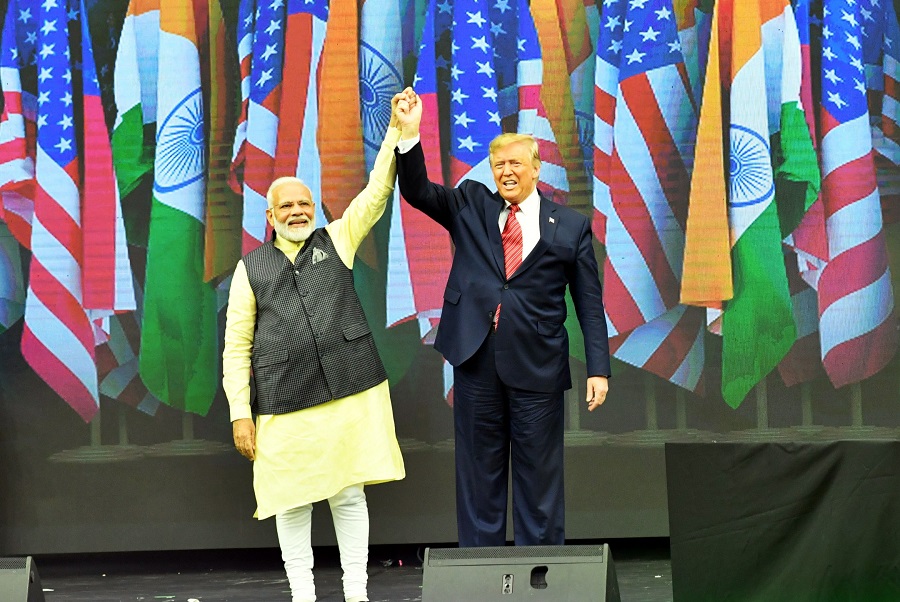

Top News
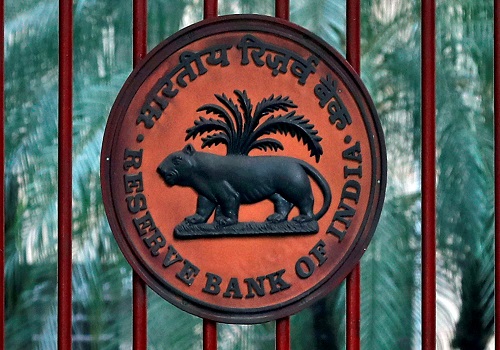
Aggregate sales of 1,701 listed manufacturing companies records growth of 27.3% in Q3FY22: RBI
Tag News

Weekly Market Analysis : Markets strengthened recovery and gained nearly 2% in the passing w...
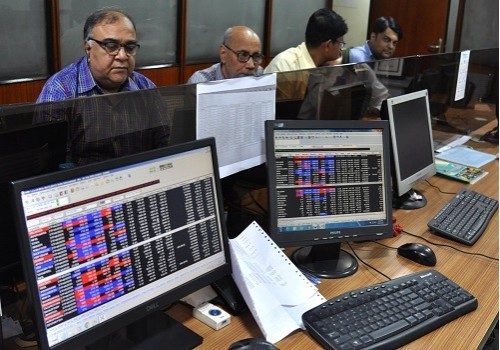
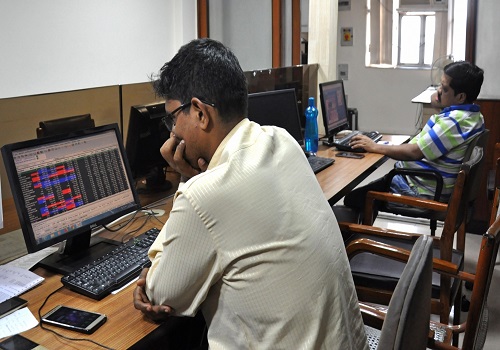
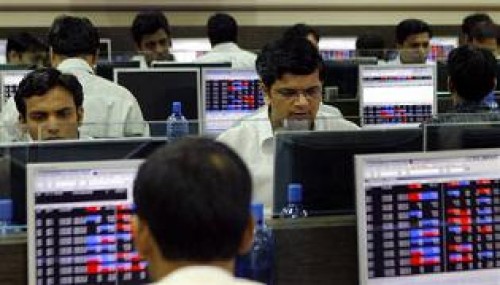
More News
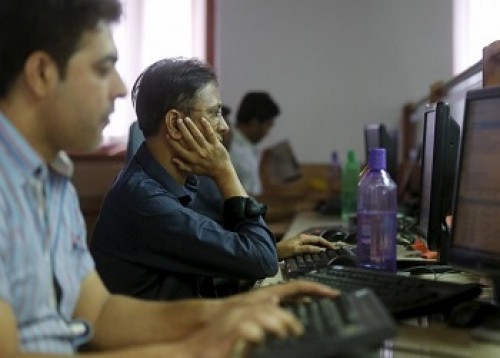
Sensex, Nifty erase gains to end flat on Monday






